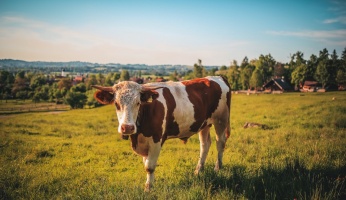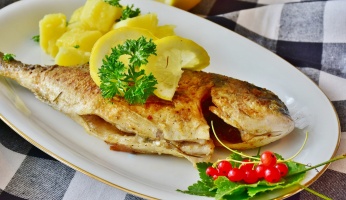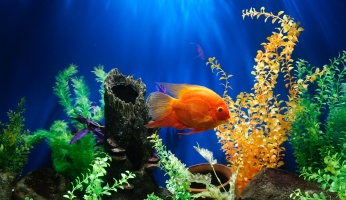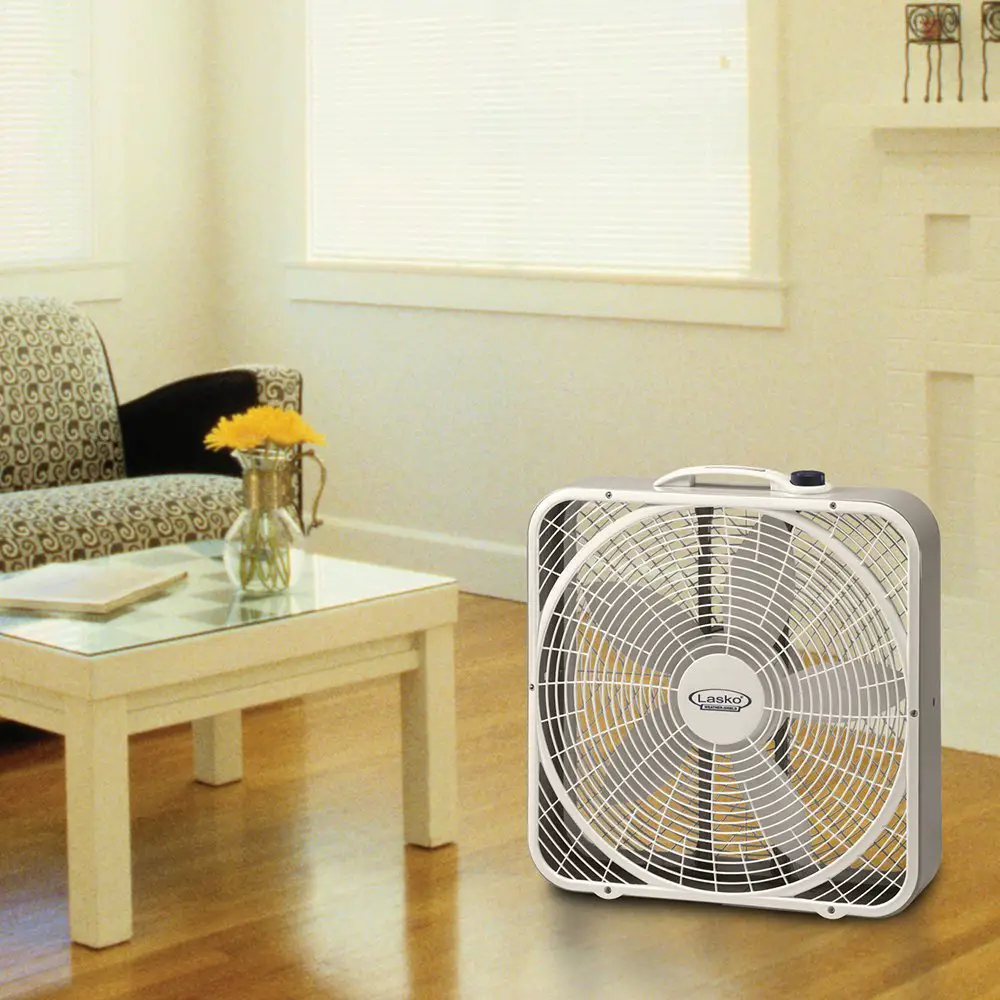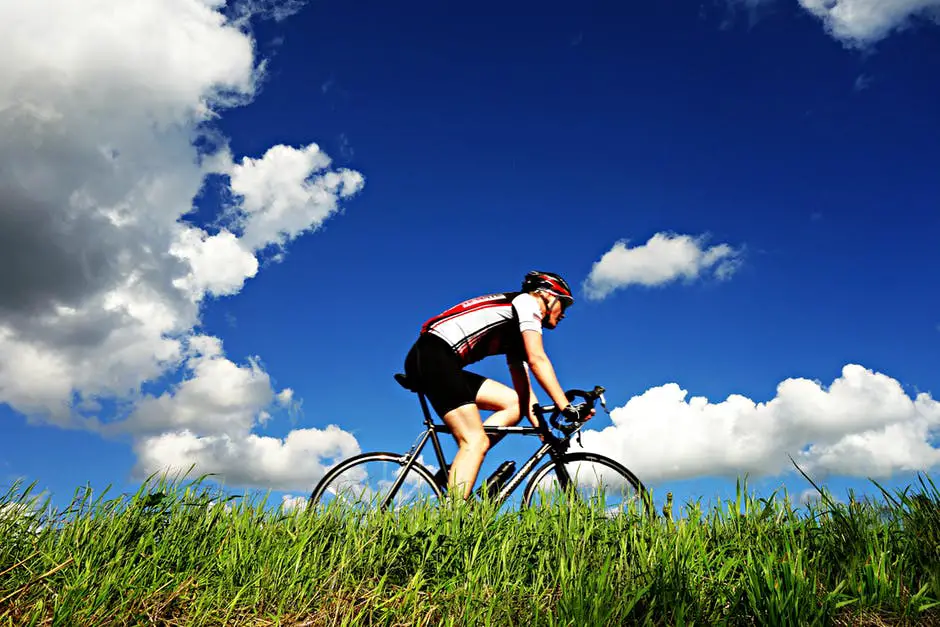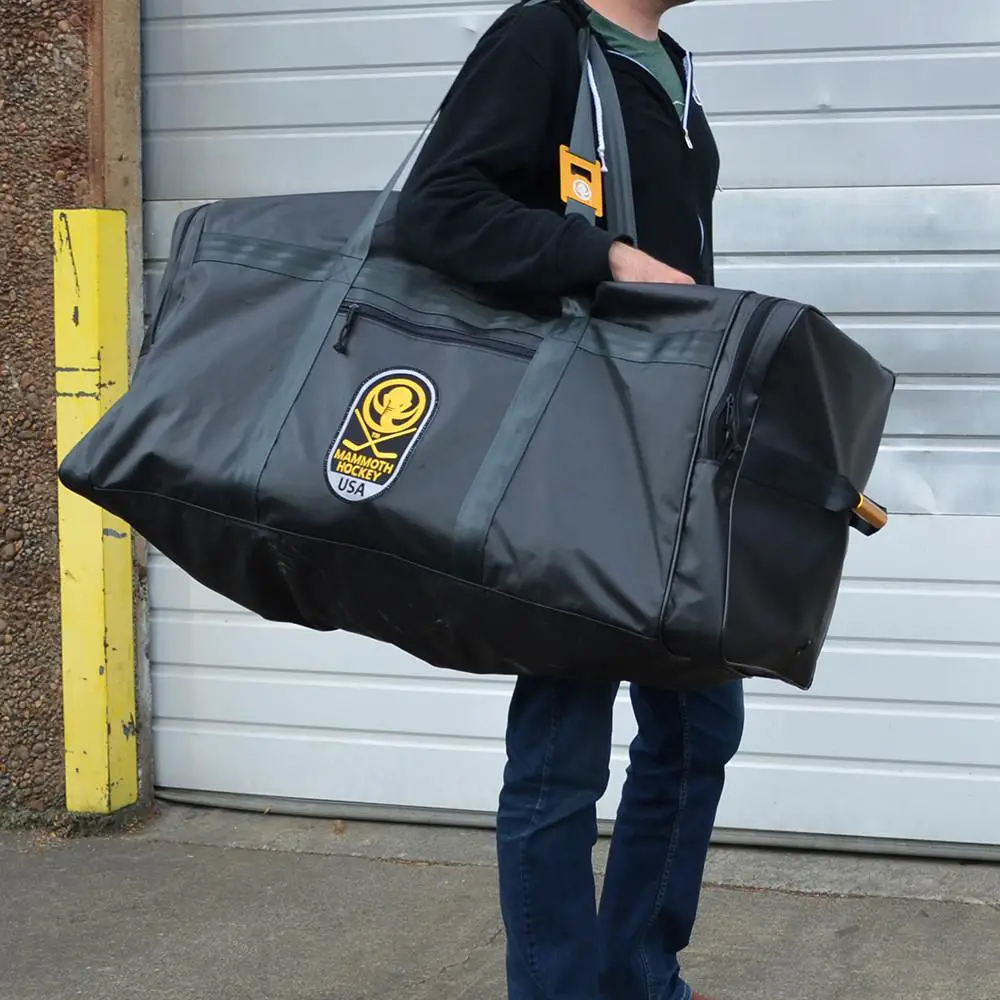How to Cook Salmon: A Complete Guide
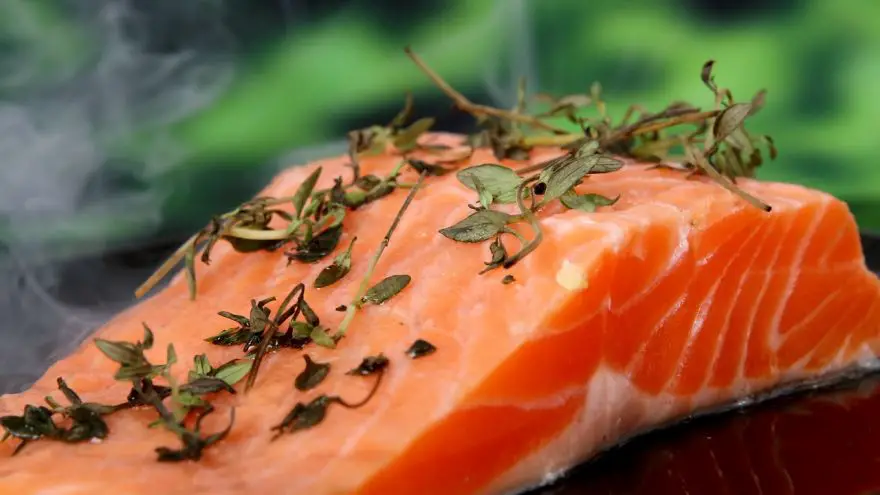 How to Cook Salmon: A Complete Guide
thegearhunt.com
How to Cook Salmon: A Complete Guide
thegearhunt.com
Salmon is extremely versatile, readily available, and simply delicious. In the following guide, we will talk about cooking fillets for a quick weeknight meal as well as how to cook it for entertaining on the weekends. We will go over which types and cuts to buy, what equipment you might need, and methods for both preparing it and for dressing it up.
Before Getting Started
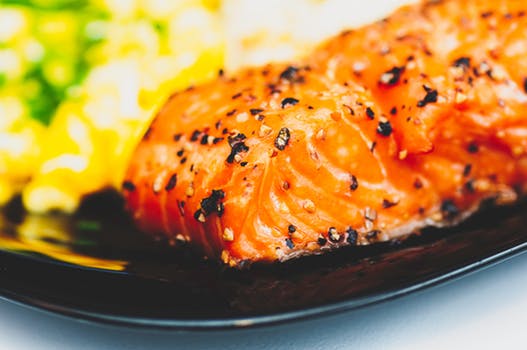 You will need to go out and get the biggest spatula you can. You will need one that can lift and then turn a large portion of fillet and then transfer it to a platter. You can actually buy a spatula made especially for fish. These are designed specifically for this.
You will need to go out and get the biggest spatula you can. You will need one that can lift and then turn a large portion of fillet and then transfer it to a platter. You can actually buy a spatula made especially for fish. These are designed specifically for this.
You will also need a cast iron skillet. These are great for searing the fillets before placing them into the oven. You might also want to pick up a nonstick pan. Look for one that will be able to go into the oven. For broiling and roasting salmon, you will need a reinforced sheet pan that won’t warp.
Another necessity is a good pair of needle nose pliers. You can find these at any hardware store. You will need these so that you can get the pin bones out of the fish. You can also use a sturdy pair of tweezers, but they aren’t as effective.
You should always have aluminum foil or parchment paper. You can use these to wrap the fish in for baking, as well as for lining roasting pans, grill pans, and sheet pans, which then makes cleaning up a bit easier.
Cuts
As far as salmon goes, one size just doesn’t fit all. You have a few different categories of cuts and each one has its own purpose and treatment. Small steaks and fillets are good for fast meals on the weeknights. An entire side of salmon is an elegant yet easy main course for any dinner party.
Fillets of salmon are the cut that is used most commonly. There is a good reason for this. Getting the pin bones out is relatively easy, and the cut can be cooked in a variety of ways. A fillet might be a small part of a boned side that is meant to serve only a couple of people or the whole boned side that will be enough to feed a dinner party.
With skin or without it? That will depend on how you intend to cook it. Certain ways to cook it, like fillets that are pan-fried, are great for delicious, crispy skin. However, if you are planning on poaching it, you will want to remove and discard the skin before you cook the fish.
For skinless, filleted salmon, around 6 ounces for each person is a nice sized portion. If it has the skin, make that 7 ounces per person.
Wild vs. Farmed
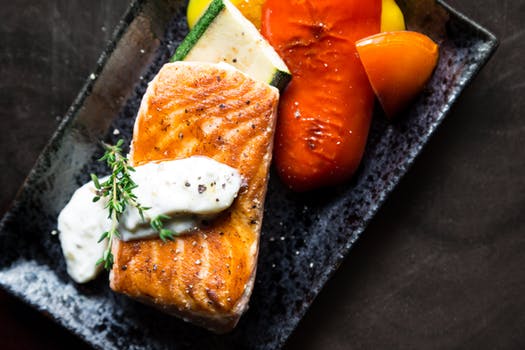 There are quite a few differences between wild and farmed salmon. The wild version comes from the waters of the Pacific Ocean and features a bright vermilion color and a texture that is silky. The taste is superior and has less fat and fewer calories than the farmed version. It is also a bit more expensive since there is so much less of it. Salmon that is farmed is cheaper and more plentiful. This type comes from salmon stock from the Atlantic Ocean, and its color is determined by what it was fed. It is often light pink.
There are quite a few differences between wild and farmed salmon. The wild version comes from the waters of the Pacific Ocean and features a bright vermilion color and a texture that is silky. The taste is superior and has less fat and fewer calories than the farmed version. It is also a bit more expensive since there is so much less of it. Salmon that is farmed is cheaper and more plentiful. This type comes from salmon stock from the Atlantic Ocean, and its color is determined by what it was fed. It is often light pink.
Removing the Pin Bones
The sides and fillets of salmon have pin bones. These are flexible, inch long bones that tend to stick up in a row all the way down the middle of the fillet. Getting them out is relatively simple. It isn’t something you need to do, but it makes for easier eating and a better-looking piece of fish. All you need is a simple technique and a pair of pliers.
Just lay the piece of fish skin side down on a sheet of foil on the counter. Run your hand over the surface of it. You will be able to feel the bones sticking up. Begin at the thickest part of the fillet and use the pliers to grasp the tip of the bone so that you can pull it out.
Cooking on the Stove
Cooking your salmon on the stove is very easy. It is great for those times when you don’t need to heat up the oven or even when you are pressed for time.
Sautéing. Sautéing the salmon means that you will cook it very quickly in a bit of fat over heat that is fairly high. This method is fast and easy, and it works great with fillets. Here is how:
Get a nonstick skillet and melt 1 tbsp of butter over heat that is medium to high. Cook the butter until the foam is gone and it has turned a deep gold – usually around 3 minutes.
Season your salmon fillet with pepper and salt before adding it to the pan with the skin side facing up. Cook it for around 6 minutes or until it turns a deep brown and then flip it. Cook that side until it is as done as you want it – typically no longer than 4 minutes.
Poaching. Poaching your salmon gives you a fish that is cleanly cooked and makes a gorgeous palette for various sauces, or that makes a beautiful base for salmon burgers, croquettes, or salad. It is also a great way to get it cooked perfectly and without any added fat. Here is how:
Get a sauté pan and fill it with enough water to completely cover the fillet. Put the fish in it. Add a bay leaf, a few peppercorns and a pinch of salt. Bring the water to a simmer and then turn the heat off. Cover the pan and then let the fish cook for about a half hour. Salmon done this way will be a medium-rare.
Oven Cooking
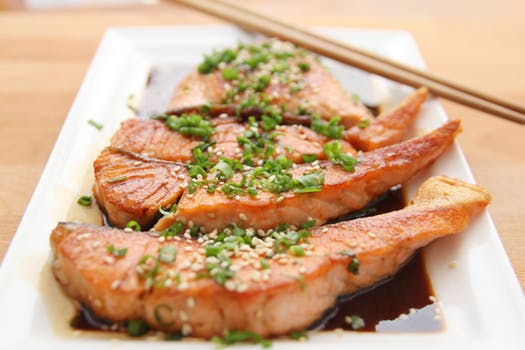 When you cook salmon in the oven, it makes a beautiful entrée, works for every cut, and allows you to focus on the rest of the meal while it cooks. Just keep an eye on the clock while it is cooking.
When you cook salmon in the oven, it makes a beautiful entrée, works for every cut, and allows you to focus on the rest of the meal while it cooks. Just keep an eye on the clock while it is cooking.
Roasting and Searing. Roasting fillets of salmon in your oven gives you a succulent fish that doesn’t need constant attention. This method, that is recommended when you are cooking 4 or fewer fillets requires that you sear the fish on the stove first to crisp the skin. Then you just transfer the salmon to the oven so that it can finish evenly. Be sure that you are using a pan that can go safely between the stove and the oven – like a skillet that is cast iron – and that you don’t overfill it with the fish. Here is how:
Heat your oven to 400 F. In your cast iron skillet, melt 2 tbsp of butter. Add the salmon with the skin still on and the skin side down. Cook like that for 3 minutes on high heat so that the skin can brown. Spoon a bit of the butter over the top of it while it cooks. Then you will transfer the skillet to the oven. Roast for about 10 minutes.
Roasting. Roasting the fish in a baking dish, roasting pan, or sheet pan is a great way to cook many fillets simultaneously. However, the skin won’t be as crispy as the method just described. Fillets cooked in this fashion look great with a glaze or seasoning brushed over the top. Here is how:
Heat the oven to 400 F. Put the fillets with the skin down in a sheet pan that is lined with foil and lightly oiled. Season them to taste with salt, pepper, and anything else you like. Put the pan on the top shelf in the oven and cook for about 12 minutes. They will be medium done.
Broiling. Broiling salmon gives it an attractive and tasty burnish to the skinless side of the steaks or fillets. You can do this in a sheet pan that has sides and is lined with foil. Here is how:
Heat the broiler in your oven. Put the oven rack about 4 inches from the heat. Broil the salmon for no more than 5 minutes, or until the top is brown and the middle of the fish is just a bit undercooked. If you like your fish this way, you are done. Otherwise, just shut the broiler off and leave the fish in the oven for about 5 more minutes until it is done to your preferences.
En Papillote. This way of cooking fish simply means that it is wrapped in foil or parchment. It is a quite dramatic method of procuring salmon that is cooked perfectly and it is surprisingly easy. Just fold the fish into a piece of foil or parchment and then layer it with fruit, vegetables, or seasonings. Then, you simply bake your little fish packets until they are done. Here is how:
Heat your oven to 400 F. Cut a large sheet or foil or parchment and put it on your sheet pan. Fold the foil in half right down the middle and put a fillet with whatever you are using to garnish it on one side. Fold the other side over and crimp it closed.
Put this in the oven and cook for no more than 15 minutes, depending on the level of doneness you prefer.
Grilling
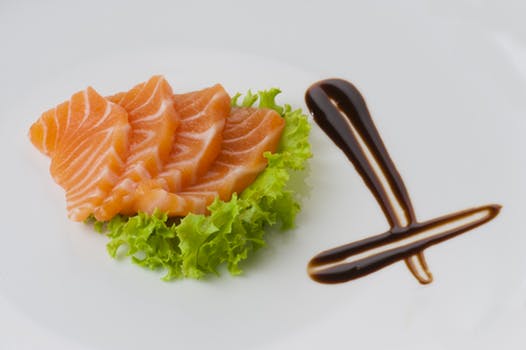 Grilling salmon is a simple and earthy way to cook it, and it gives it a flavor that is smoky. This method will even work well for a whole salmon if your grill is large enough.
Grilling salmon is a simple and earthy way to cook it, and it gives it a flavor that is smoky. This method will even work well for a whole salmon if your grill is large enough.
Salmon steaks, fillets, or the entire fish are awesome cooked over a fire – especially if your grill is a charcoal one. Steaks will be the easiest to turn though. Fillets work best on a grill when the skin is still on. You might even think about purchasing a grill basket just for fish, which can make cooking several pieces at once much easier. Here is how:
Heat the gas grill burner or your coals to very hot. Brush the fish with olive oil before seasoning with salt and pepper. Place the skin side of the fish down on the grill. Cook it for about 6 minutes before you flip it. A good tip is that if the fish is sticking to the grate, it needs another minute or so.
Once you flip it, cook it for no more than 10 extra minutes, depending on the heat of the fire.
Checking to Make Sure it is Done
Salmon can be enjoyed even when it is still a bit rare and the middle is quite moist. How rare is just a matter of how you prefer it.
One simple way to test it to see if it is done is to check the color. Just slide a knife that is very sharp into the fillet at the thickest part and take a look at the inside. Rare salmon will still be vermillion, medium will be a pale pink, and medium rare will be somewhere in between the two.
There is also a test that chefs use. It is reliable and easy. Just poke the very tip of a small paring knife or even a thin skewer made of metal into the middle of the fish. Pull it out and then touch the side of it, not the very tip, to your skin between your lower lip and your chin. If it is cool to the touch, the salmon is rare in the middle. If it is hot, the fish is cooked thoroughly.
Cooking salmon is not a very difficult thing to do. When you do it right, you will have a meal that is hard to pass up and everyone who eats it will praise your skills as a chef. It just takes a little bit of practice, the right cuts of salmon, the right tools, and ingredients.
Sources
- You Tube, How to Slow Smoke Salmon
- Recipes Mercola, How to Cook Salmon
- Greatist, How to Cook Salmon in the Oven
- Kitchn, How to Cook Salmon in the Oven





